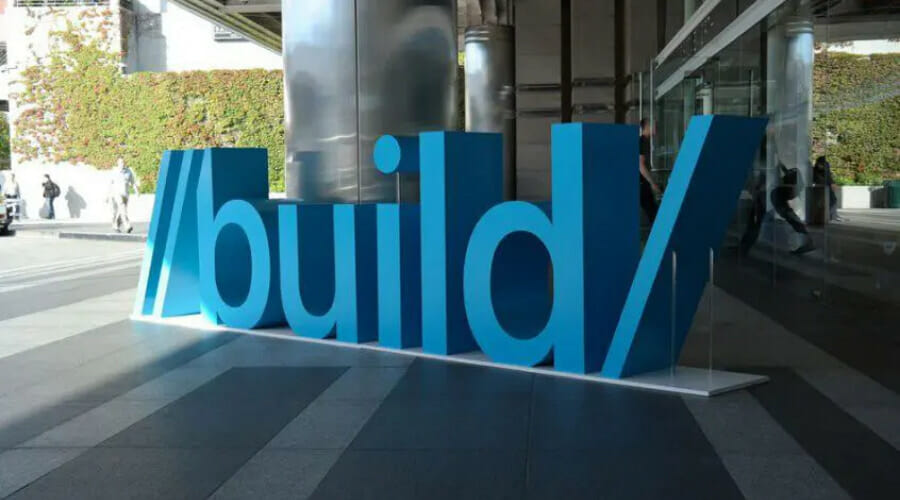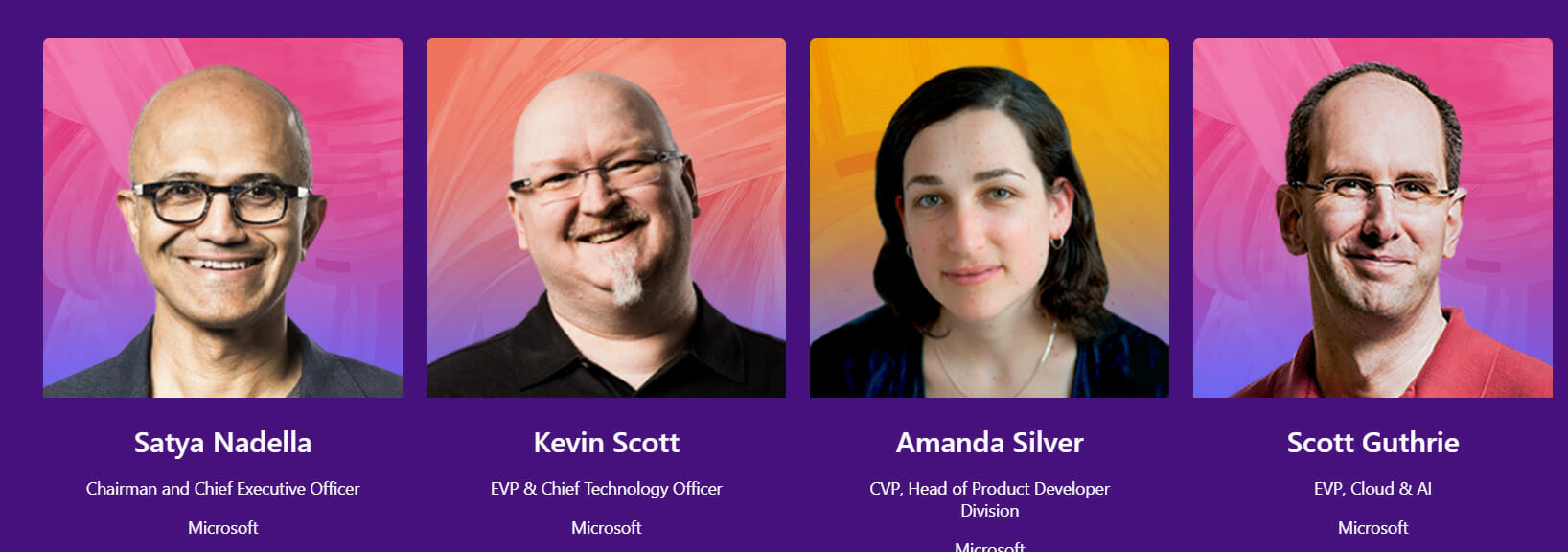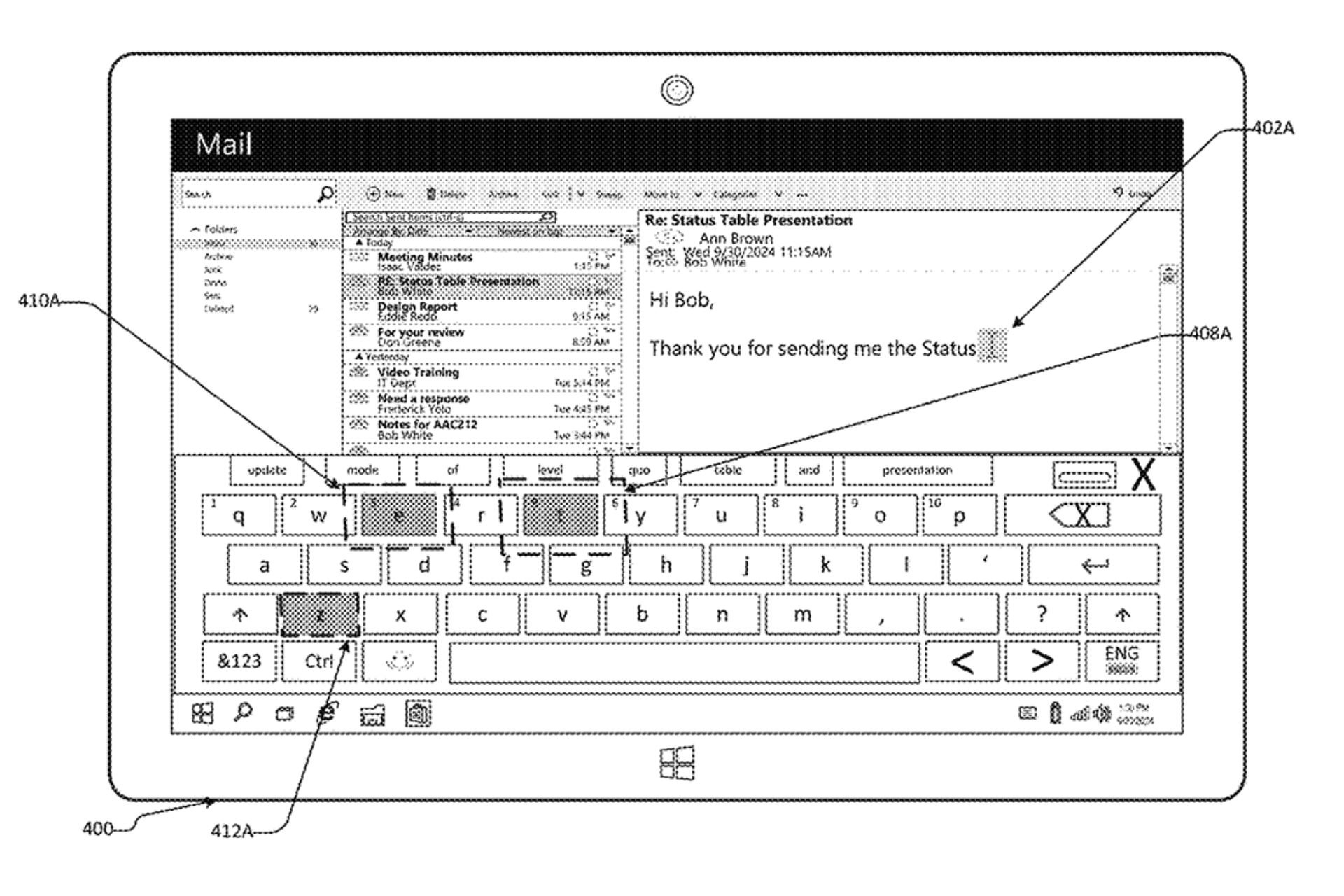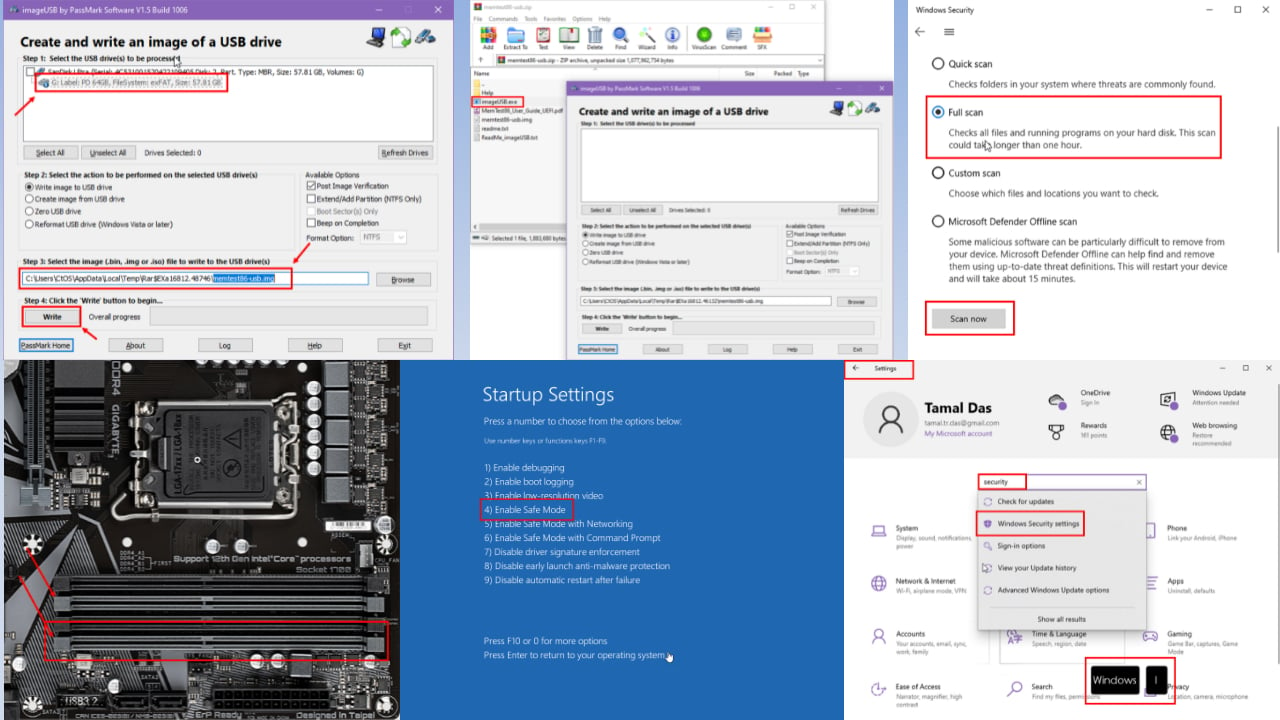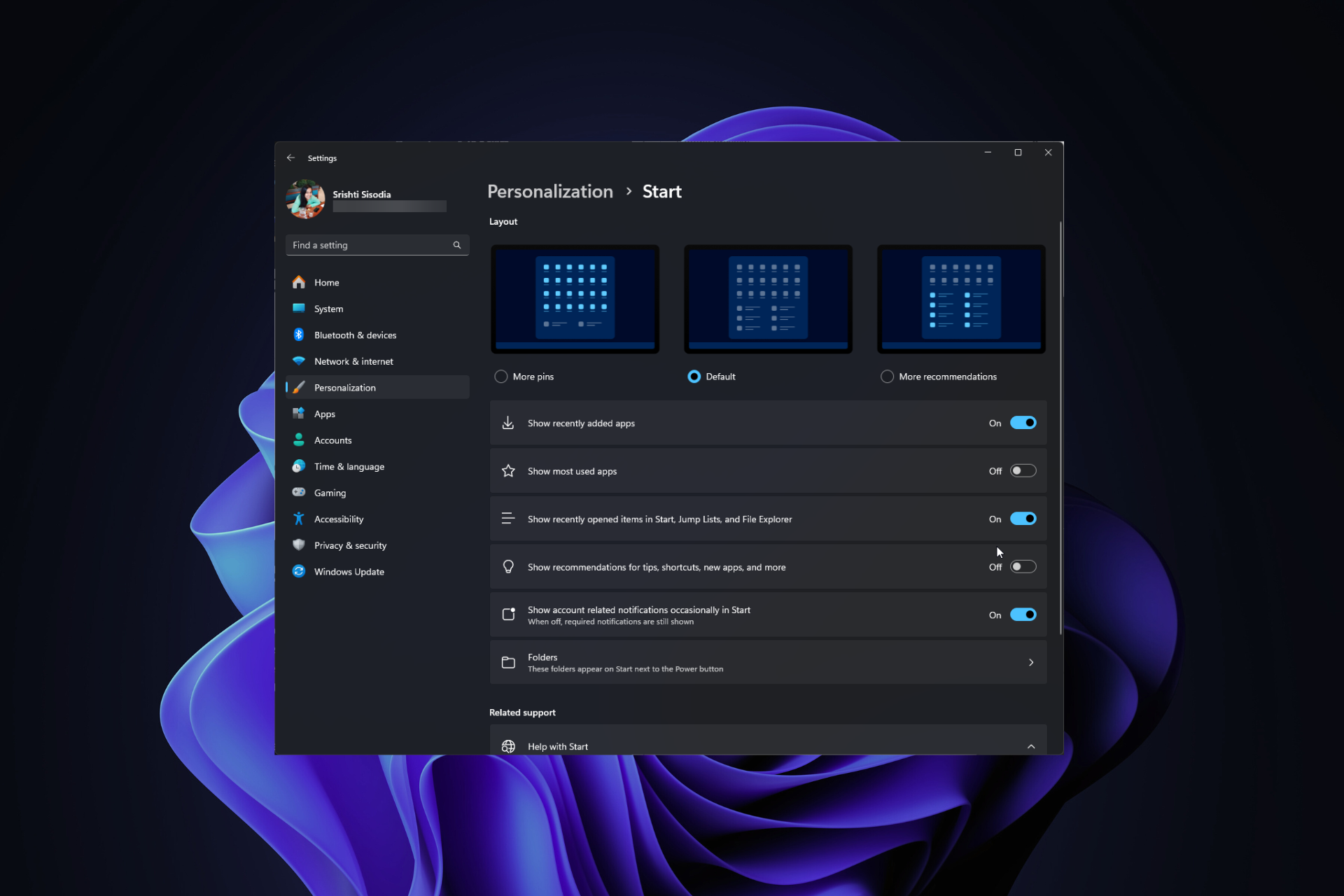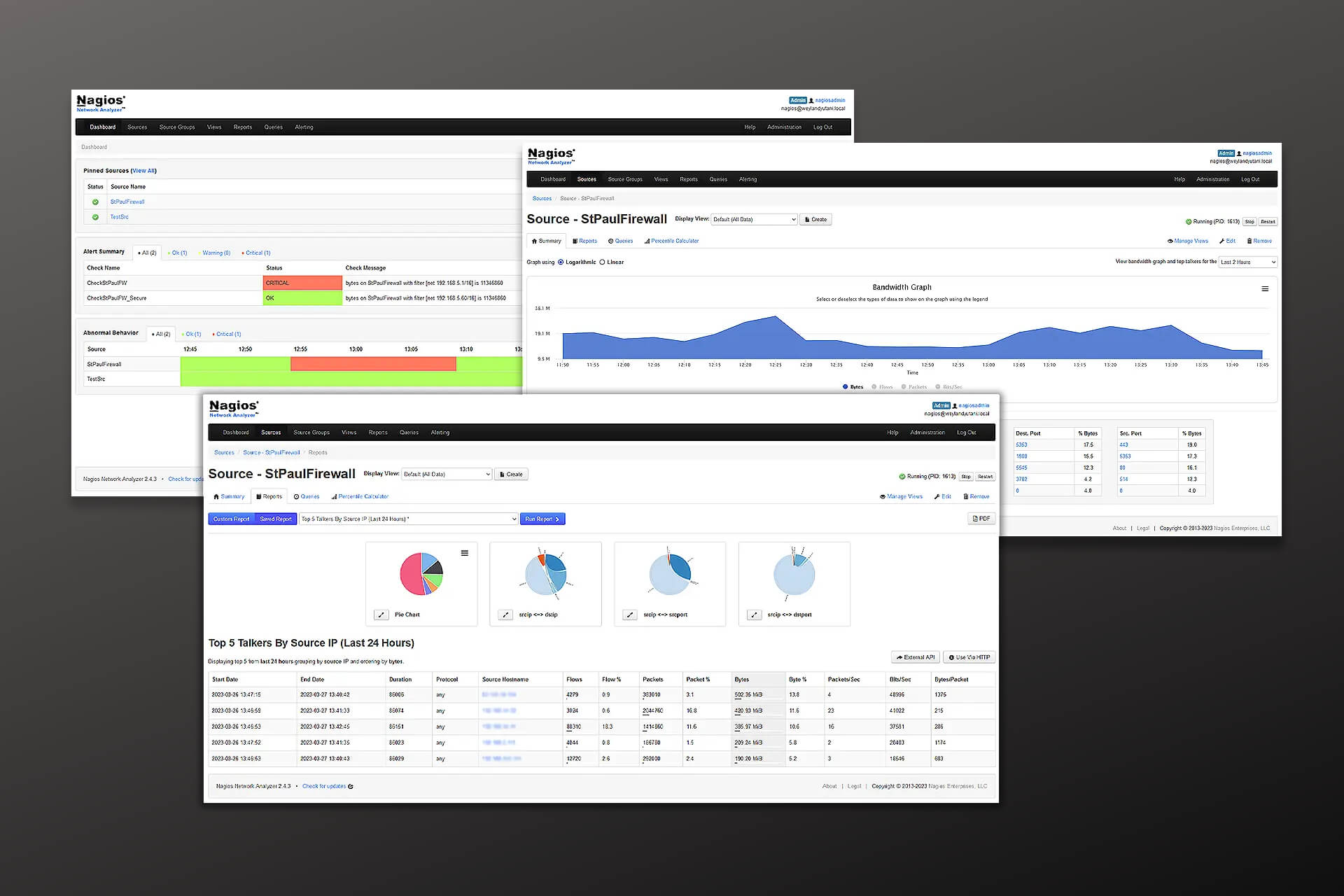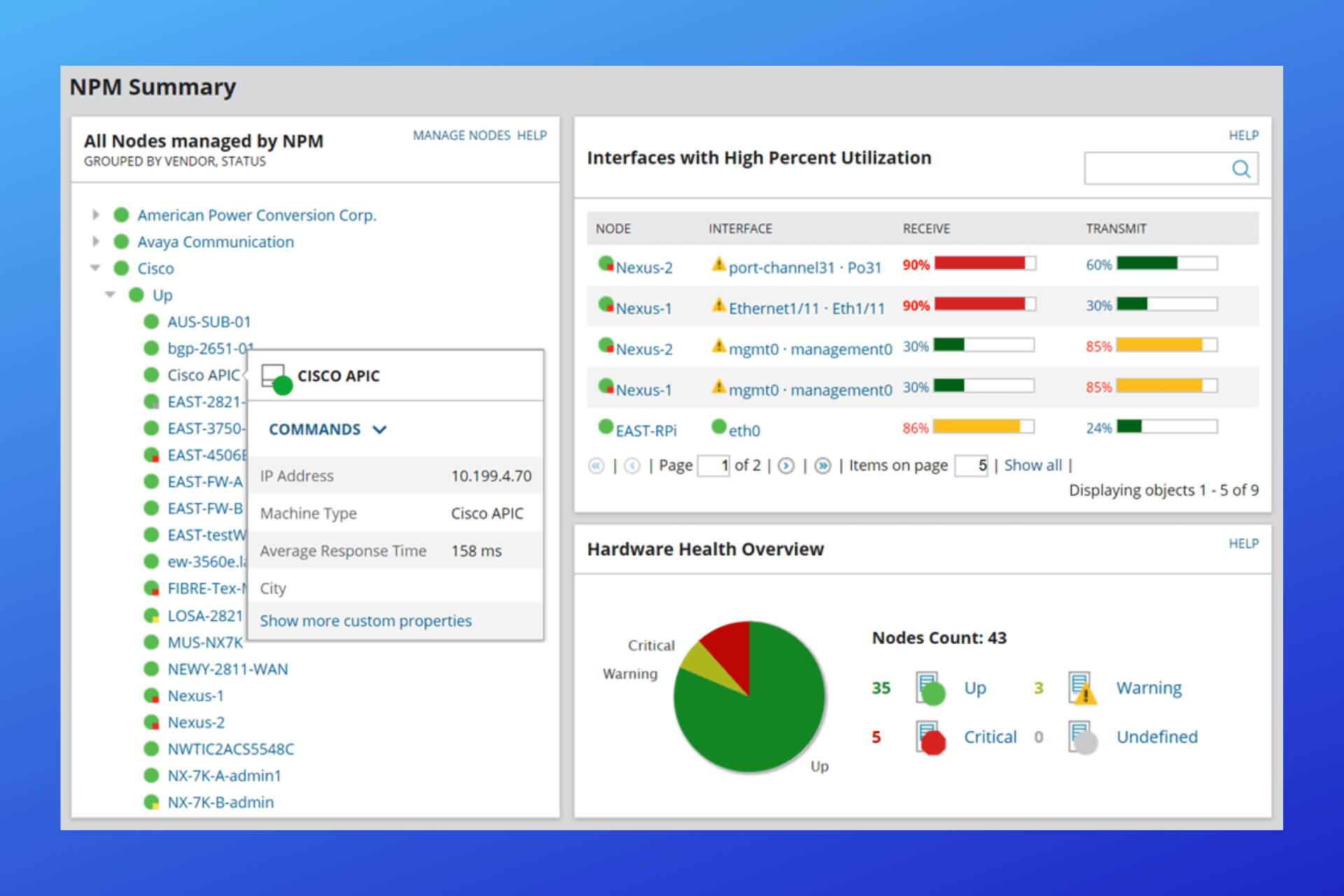Microsoft Build 2023: When Is It And Where Can You Watch It?
3 min. read
Updated on
Read our disclosure page to find out how can you help Windows Report sustain the editorial team Read more
Key notes
- If you are excited about the next Microsoft Build conference, we have some great news for you.
- Microsoft just opened up the virtual signing sheet for the major event and it's absolutely free.
- Want to hear about all of the latest developments and future innovations? This is the place to be.
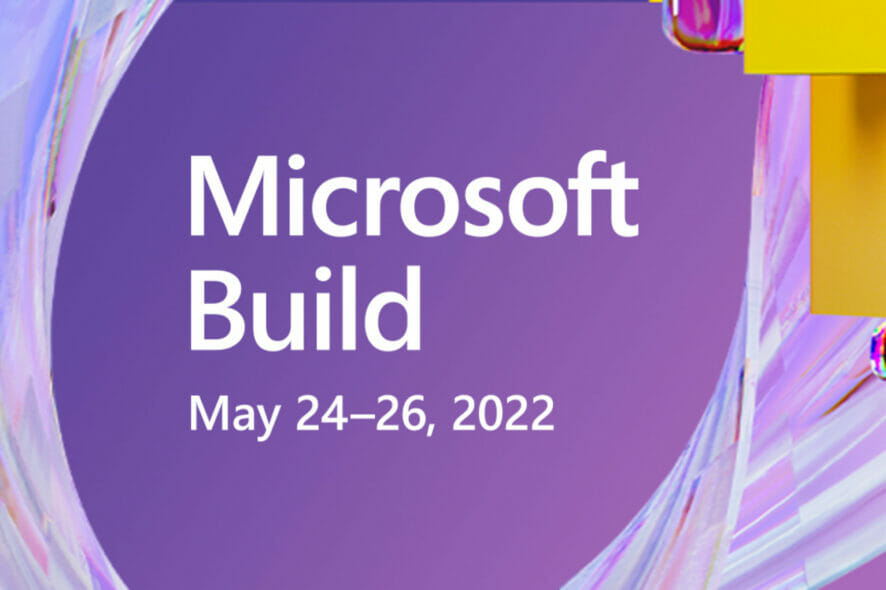
Yea, it’s that time of the year again. Wait, just so that we avoid any type of confusion, we’re not actually talking about Easter or Christmas.
It’s the time of the year when all the major software and hardware companies announce their upcoming projects and endeavors.
We also covered last year’s Build conference, However, in 2022, Microsoft decided to reveal the dates of its upcoming Build conference first.
Thus, we’re happy to announce that the Microsoft Build 2022 event will go live starting on May 24th, all the way up to May 26th.
Microsoft opened up free registration for everyone interested
As most of you are already familiar with, the Microsoft Build 2022 showcase will be a three-day developer conference.
During these three days, the software giant will unveil its latest developer tools, technologies, and updates for various software products.
In 2020 and 2021, due to the pandemic, Microsoft had to shift from in-person to virtual events. Build 2022 will be exactly the same, as Microsoft apparently is not ready to host a large in-person conference.
It’s only natural for all of us to want to go online, check out this conference, and learn more about the latest dev tools and innovations from the software giant.
Doing so is very easy, as you can quickly register on the official Build website. Yes, registration is now open for everyone and is absolutely free.
The Redmond tech company says Build 2022 will help developers innovate without compromise, develop creatively, and build the next generation of apps for more than one billion devices.
This main event will actually feature 13 speakers from Microsoft, among which Satya Nadella, Kevin Scott, Amanda Silver, Scott Guthrie, Kathleen Mitford, and others.
Of course, all present attendees will get a chance to learn during live sessions and book time with Microsoft experts.
Now, you might be wondering what differentiates Build 2022 from previous developer conferences held by Microsoft is new regional spotlights.
Microsoft strongly aims to provide keynote analysis, trending news, and topics for specific regions, such as France, Germany, Japan, Latin America, and the UK.
You can watch the event live on the official site, but also on YouTube, as it was in previous years as well.
Apple will also host its WWDC 2022 soon enough, on June 6-10. This year’s Worldwide Developer Conference will be an online-only event, the same as Microsoft’s.
Did you already get your front-row virtual invitation to this magnificent tech event? Share your thoughts with us in the comments section below.

